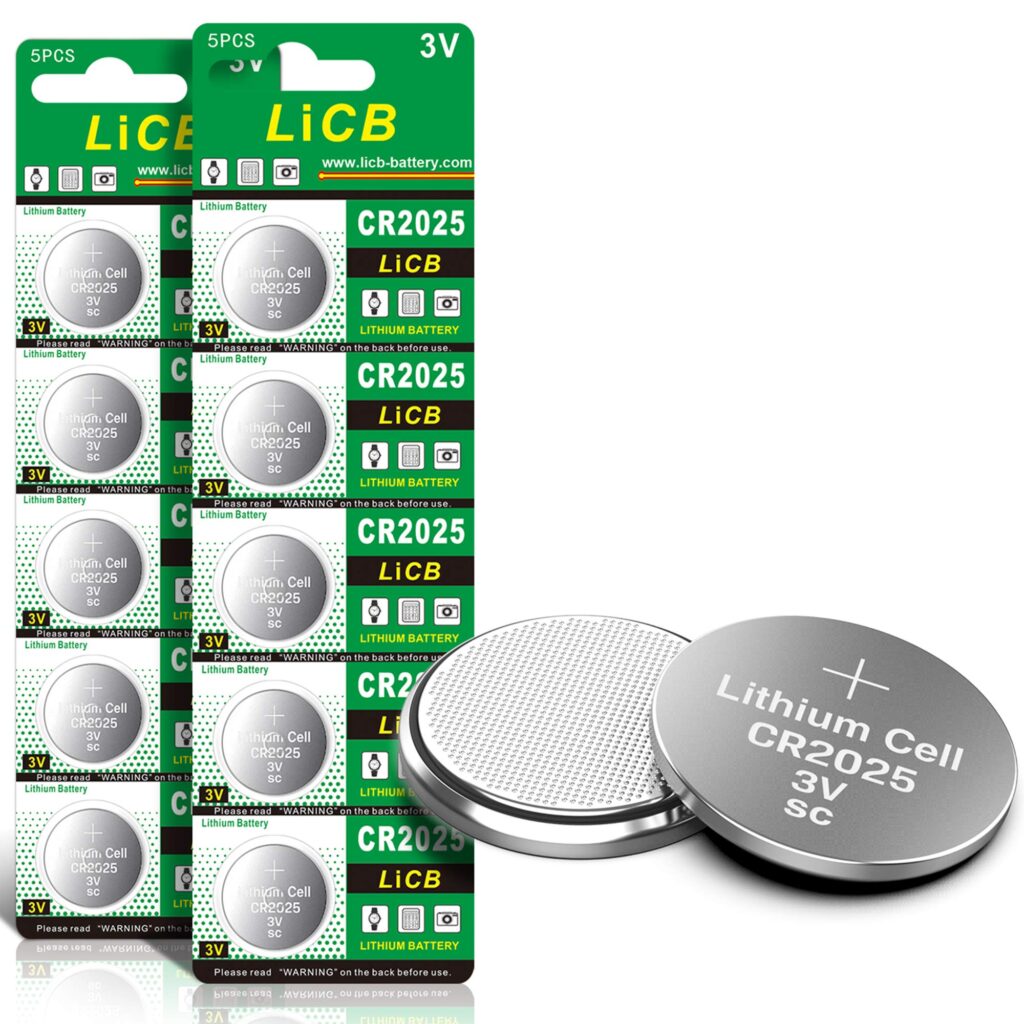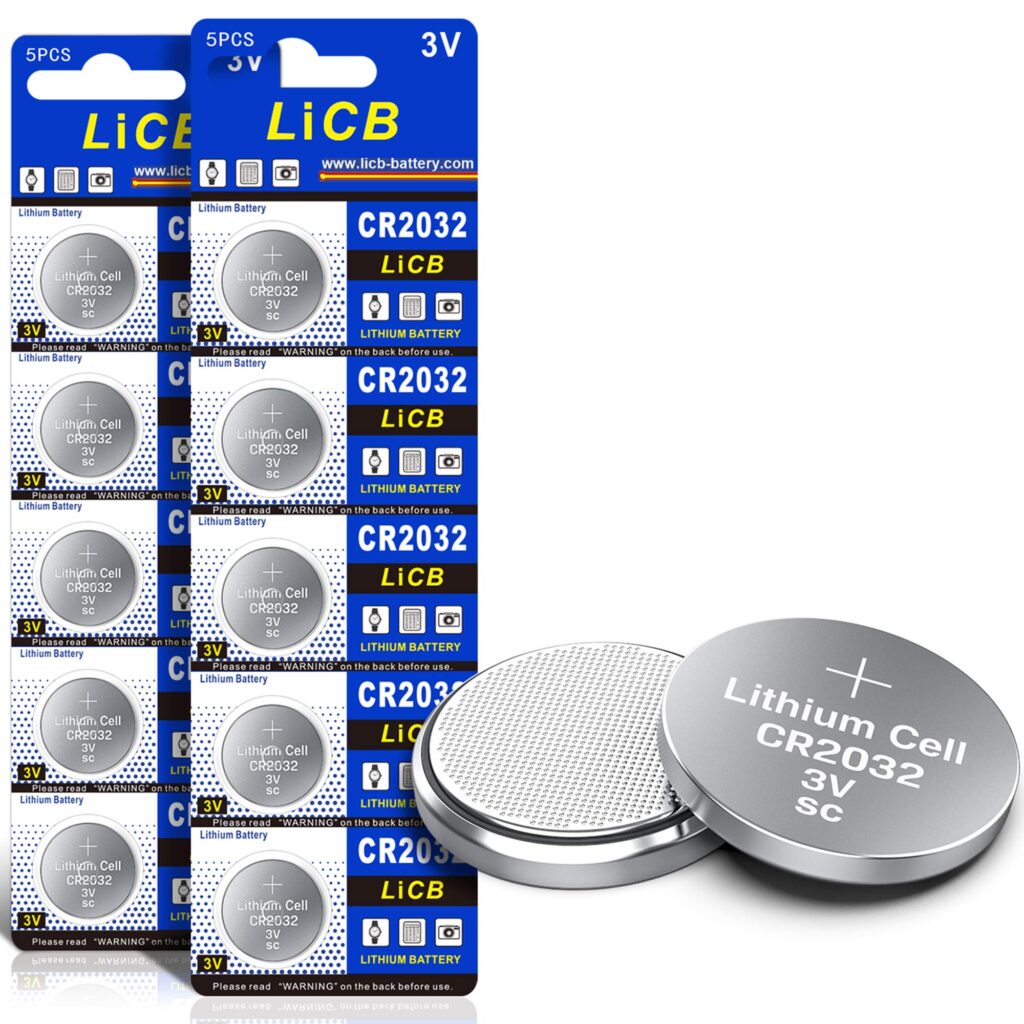When it comes to powering small electronic devices, coin cell batteries are a popular choice due to their compact size and reliable performance. Among the most common types are the CR2025 and CR2032 batteries. These lithium coin cells are often used in watches, calculators, remote controls, and other small gadgets. Despite their similarities, they have distinct differences that can affect their suitability for specific applications. This article provides a comprehensive comparison of the CR2025 and CR2032 batteries, guiding you in making an informed decision based on your needs.
Detailed Comparison Table
| Feature | CR2025 | CR2032 |
|---|---|---|
| Image | 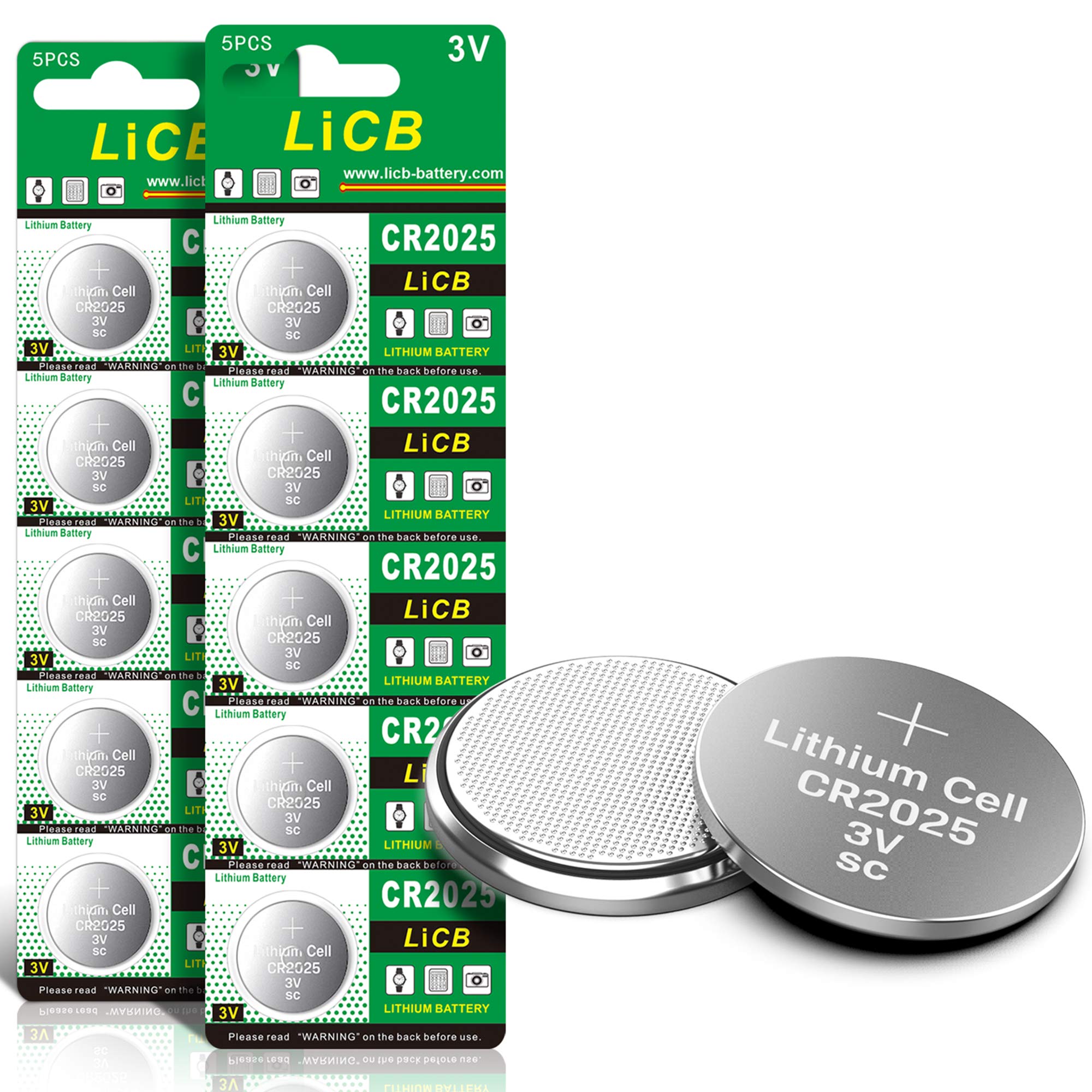 |
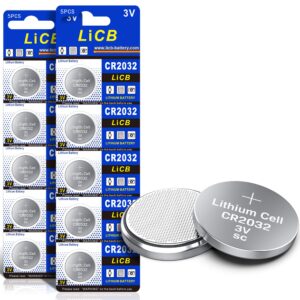 |
| Diameter | 20 mm | 20 mm |
| Thickness | 2.5 mm | 3.2 mm |
| Voltage | 3 Volts | 3 Volts |
| Capacity | 170 mAh | 225 mAh |
| Weight | 2.5 g | 3.1 g |
Informative Explanation of Features and Specifications
CR2025
The CR2025 lithium coin cell battery is a compact power source with a diameter of 20 mm and a thickness of 2.5 mm. It operates at a voltage of 3 volts, which is typical for most lithium coin cells. With a capacity of approximately 170 mAh, the CR2025 is suitable for devices that have lower power consumption needs. This battery is lightweight, weighing around 2.5 grams, making it ideal for devices where weight is a critical factor. The CR2025 is widely used in devices like watches, key fobs, and small remote controls.

CR2032
The CR2032 battery shares the same diameter as the CR2025 but is thicker, measuring 3.2 mm. This slight increase in thickness results in a higher capacity of approximately 225 mAh, providing a longer lifespan for electronic devices. Like the CR2025, it delivers a steady 3 volts, ensuring consistent performance. Weighing around 3.1 grams, the CR2032 is slightly heavier but still suitable for portable devices. Its higher capacity makes it a popular choice for gadgets that require more power, such as medical devices and computer motherboards.
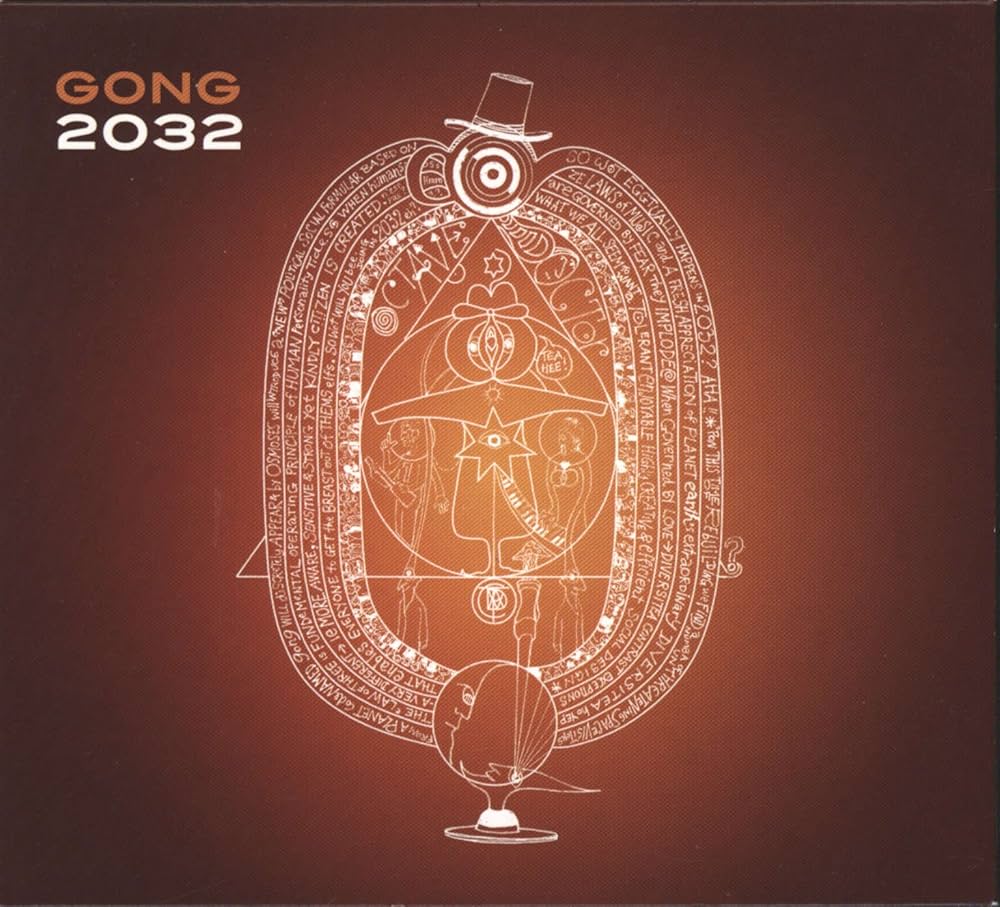
Differences Between Products
While the CR2025 and CR2032 batteries appear similar, their differences are crucial for determining their best use cases. The primary distinction lies in their thickness and capacity. The CR2025, with its 2.5 mm thickness, has a lower capacity of 170 mAh, making it suitable for devices that do not require a lot of power over an extended period. In contrast, the CR2032s 3.2 mm thickness allows for a higher capacity of 225 mAh, which translates to a longer operational life for devices with higher energy demands.
These differences also affect their weight and potentially their fit in specific devices. The CR2032s increased thickness and capacity provide more power but might not fit in devices designed exclusively for the CR2025. Thus, users must ensure compatibility with their devices before choosing between these two batteries.
Pros and Cons Section
CR2025

- Pros: Lightweight, affordable, ideal for low-power devices, readily available.
- Cons: Lower capacity, shorter lifespan compared to CR2032, limited suitability for high-power devices.
CR2032

- Pros: Higher capacity, longer lifespan, suitable for a wider range of devices.
- Cons: Slightly heavier, might not fit in all devices, generally more expensive than CR2025.
Performance Evaluation and User Experience
When evaluating the performance of CR2025 and CR2032 batteries, the choice often hinges on the power requirements and design constraints of the device in question. Users frequently report that the CR2032, with its higher capacity, offers a more reliable and longer-lasting power supply for devices such as medical equipment, computer motherboards, and other high-drain electronics. This extended lifespan reduces the need for frequent battery replacements, enhancing user convenience and satisfaction.
On the other hand, the CR2025 is praised for its lightweight and compact design, making it a preferred choice for devices where space and weight are limiting factors. Users appreciate its cost-effectiveness for low-power devices, such as watches and small remote controls, where its capacity suffices for prolonged periods.
Feedback indicates that both batteries are highly reliable within their specified use cases, maintaining consistent voltage output and performance. However, user experience can vary significantly depending on the compatibility and power needs of the device. Therefore, understanding these needs is crucial to ensure optimal performance and satisfaction.
Final Recommendation and Conclusion
In conclusion, both the CR2025 and CR2032 batteries are excellent options for powering small electronic devices, each offering distinct advantages based on their design specifications. The CR2025 is best suited for devices with lower power demands and those where weight and size are critical considerations. Its affordability and availability make it a practical choice for everyday use in low-drain gadgets.
Conversely, the CR2032 is recommended for devices requiring more energy and a longer battery life, thanks to its higher capacity. While it may come at a slightly higher cost, its performance in high-drain applications justifies the investment.
Ultimately, the choice between CR2025 and CR2032 should be guided by the specific requirements of the device in question. Ensuring compatibility and understanding power needs will lead to improved performance and a better overall user experience. Whether you prioritize cost-effectiveness or extended battery life, both batteries provide reliable solutions tailored to a wide range of applications.

